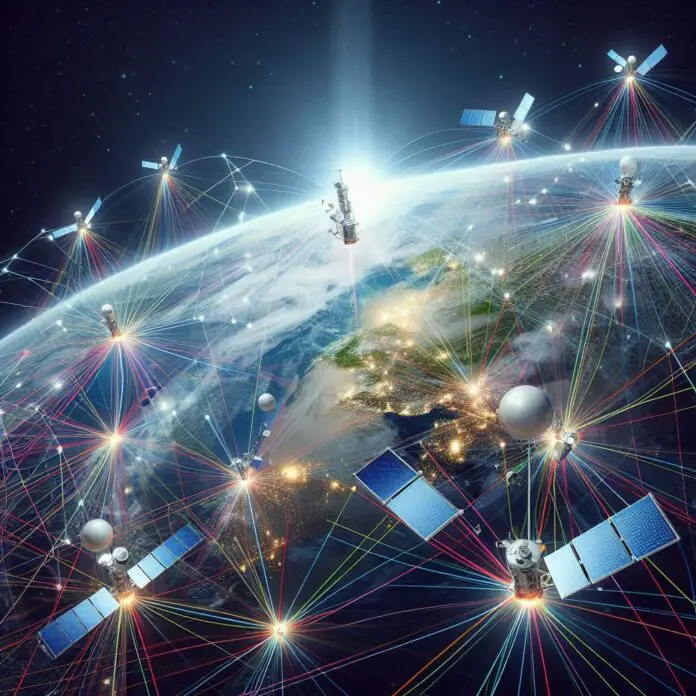According to Ben Longmier, a SpaceX senior director for satellite engineering, the company’s upcoming cellular Starlink service won’t require a clear view of the sky to receive a signal. In fact, the satellites can communicate with a phone even when it’s in your pocket.
Longmier has been testing the direct-to-cell Starlink service, which was already confirmed to work inside. On Sunday, he tweeted about his experiences: “I do most of my testing inside and near a window.”
He added that SpaceX’s DTC service also works in a pocket facing away from the satellite and even inside a Tesla. Longmier was surprised by this finding, saying: “I really thought the human body would attenuate more signal.”
This statement offers insight into the capabilities of cellular Starlink satellites, which will initially support text messages before enabling voice calls and internet downloads. SpaceX is developing the technology to help mobile carriers provide coverage in areas with poor reception.
The company has been waiting for the FCC to clear the cellular Starlink service for commercial use. In the meantime, the agency granted emergency approval for the company to use the satellites for text messaging to aid hurricane victims. According to T-Mobile’s CEO, this resulted in “hundreds of thousands” of messages delivered.
SpaceX still needs to launch more satellites to improve coverage and has only been offering emergency SMS messaging on a “best effort basis.” Longmier tweeted that SpaceX was able to activate emergency SMS for areas affected by Hurricane Milton within 24 hours.
He also stated that the company aims to reduce reaction time to tens of minutes for any area between 58° N and 58° S latitudes in the future.
Tests have shown that the cellular Starlink service can deliver download rates of up to 17Mbps. However, it appears that SpaceX will take some time to roll out this capability to users. Longmier noted that the company plans to offer “near continuous light data” for mobile phones in 2025 before providing continuous broadband and voice support later on.
To unlock the full potential of cellular Starlink service, SpaceX is urging the FCC to grant a waiver to exceed normal radio emission limits for satellite technology. If denied, the service risks losing real-time voice and video calling capabilities. Several telecommunication firms have been lobbying the FCC to deny the waiver due to concerns that the cellular Starlink satellites will generate radio interference with their own networks.
Source: PC Mag






